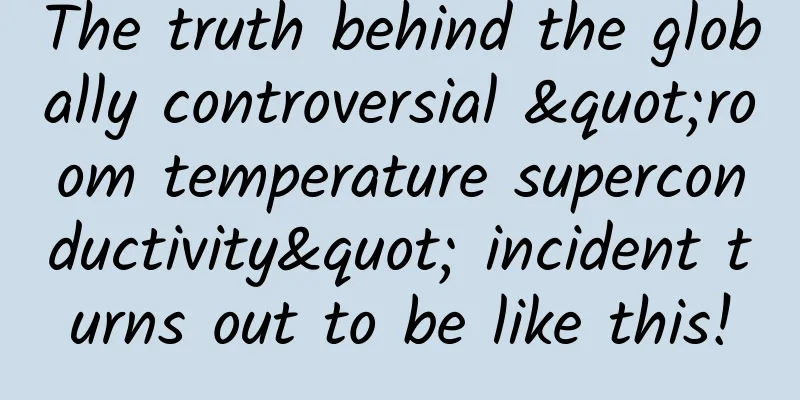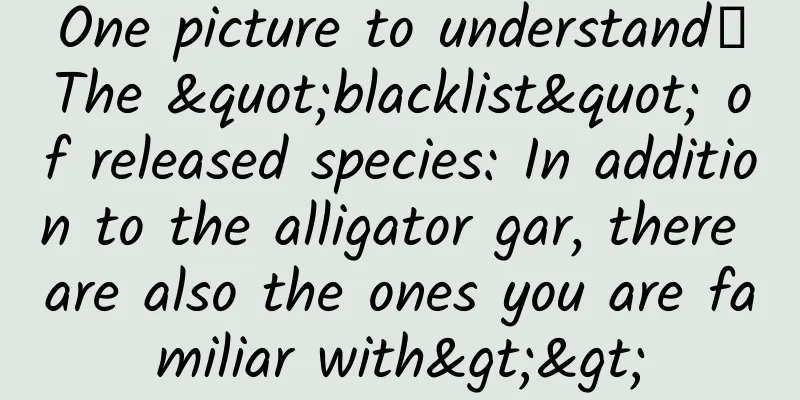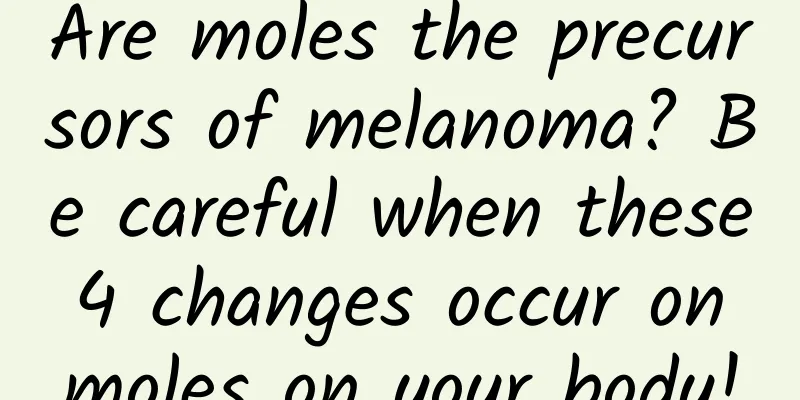The truth behind the globally controversial "room temperature superconductivity" incident turns out to be like this!

|
Produced by: Science Popularization China Author: Mei Lin (young scholar) Producer: China Science Expo It has been more than a month since a South Korean research team published an article on the preprint platform arXiv claiming to have synthesized the world's first room-temperature, normal-pressure superconductor. From the initial shock and suspicion to the subsequent experimental and theoretical verification, so far, scientists have reached a basic consensus: This is fake. The levitation phenomenon of LK-99 synthesized by the research team of the Korea Institute of Quantum Energy Image source: (Screenshot of video released by the research team of the Korea Quantum Energy Research Institute) However, for the scientific community, it is not enough to just know that "this is fake". We must also know why this result is fake, what mistakes the scientists made, and what lessons we should draw. Not only that, for us as onlookers, we also need to know what exactly happened. Otherwise, we will just be mere spectators, coming in confused and leaving bewildered! Don’t be impatient, let us now seriously “reveal” the reason why scientists made a mistake in this incident. Is the principle of the "room temperature superconductivity" event also included in school exams? We use a very simple analogy to help you understand. Suppose a school has a class with 50 students. The head teacher found that 5 of the 50 children slept in class every day and never studied. As a result, the average score of this class was above 90 in every exam. Now, the head teacher has come to a conclusion: "Students who sleep in class have super powers! They sleep in class but can still get more than 90 points in the exam!" and announced his conclusion to the whole school. We may think that this head teacher is here to make people laugh! Why? Because "average score above 90" does not mean that those children who sleep in class can also get above 90 points! The average score is so high, most likely because other children who do not sleep in class have better scores, which pulls up the overall average score. (Photo source: Veer Gallery) If we want to verify the theory that "sleeping in class helps learning", we should look at the test scores of these children who sleep in class separately, rather than mixing them together and looking at the average score. If you must look at the average score, you should find a class where "all students sleep in class" to look at the average score, rather than simply mixing the two types of students together for the experiment. The Korean team made such a mistake in this incident. Cuprous sulfide: I am not responsible for room temperature superconductivity In their experiment, they put several materials containing elements such as copper, lead, phosphorus and oxygen together to obtain a new compound - LK99. They found that the substance had very low resistance at room temperature, so they concluded that they had synthesized the first room-temperature superconducting material. But they seemed to have forgotten that the LK99 sample they synthesized was not a pure substance , but was mixed with a lot of impurities , including a substance called cuprous sulfide . After measurement, people found that it was the conductivity of cuprous sulfide that made the entire sample behave "like" a superconductor, while the resistance of the individually purified LK99 was actually too large to measure. In other words, LK99 is like the student who sleeps in the class, while cuprous sulfide is the one who actually gets high scores. The pure LK99 sample synthesized by German scientists does not contain cuprous sulfide impurities. After testing, the resistance of this material is even higher than the experimental measurement capability, and it is impossible to be a superconducting material. (Image credit: Pascal Puphal) So, why was such a simple mistake not discovered at the beginning? Different from the common sense that "only by studying hard can you get high scores", the fact that "cuprous sulfide can conduct electricity after phase change" was discovered very early, but because the knowledge point is too niche, it is not known to many people . But after reading LK99's paper, Prashant Jain, a chemist at the University of Illinois at Urbana-Champaign, said directly: It's fake at first glance! Why? Because Jain is an expert on cuprous sulfide, and he is very familiar with the superconducting transition temperature of "104°C" mentioned in the LK99 article: "This is the phase transition temperature of cuprous sulfide! They don't even know this?" Whether it is due to lack of relevant knowledge or some other reason, the LK99 team really does not seem to know that the cuprous sulfide in the impurities is the real source of the suspected superconductivity. The "nemesis" of scientific blunders: the control variable method What can we learn from this incident? This is related to a scientific principle that is often heard but easily overlooked: the method of controlling variables. (Photo source: Veer Gallery) That is to say, if we want to study the characteristics of a thing, we must ensure that during the research process, no other factors other than the thing can change and interfere with the experimental results. Therefore, in scientific research, we need to emphasize the importance of purification . From this incident, we can see that even a little bit of impurities may cast a huge illusion on our scientific research. In fact, we also face similar situations in our daily lives. Here is a small example: When I was a child living in the north, my mother always told me to eat less steamed bread and more rice because she observed that people in the south are generally thinner, and people in the south all eat rice, so eating more rice can help lose weight. I used to be ignorant and thought: Wow, that makes sense! So I worked hard, but the result... you can imagine. After today's study, can you summarize the mistakes in the theory that "eating rice can help you lose weight"? If we want to verify this theory, how should we design an experiment? Welcome to leave your insights and opinions in the comment section~ References: [1]Guo, K., Li, Y. & Jia, S. Sci. China Phys. Mech. stron. doi.org(2023). [2]Jain, PK Preprint at arxiv.org(2023). [3]Dan Garisto. Nature 620, 705-706 (2023) |
<<: Little-known facts about teeth cleaning | 90% of people don’t know!!
>>: This is the Chaka Salt Lake, which is enough to feed people for 70 years! Satellite view →
Recommend
Ctrip Air Ticket App KMM iOS Engineering Configuration Practice
About the Author Derek, senior R&D manager at...
What should I do if my mobile phone number is bound to someone else in Kuaishou? How to recover Kuaishou account?
This article mainly introduces what to do if your...
How to solve some problems encountered in Xcode9 and iOS 11
1. After upgrading to Xcode9, create a new projec...
China Automobile Dealers Association: China's used car manager index was 48.7% in May 2020
On June 1, 2020, the China Automobile Dealers Ass...
How to operate a good community? Share 2 tips!
What I want to share today is how to do a good jo...
When technology meets archaeology: Reconstructing shell paintings from more than 2,000 years ago
Produced by: Science Popularization China Author:...
Brand marketing, how does Okamoto capture consumers?
In the context of consumption upgrading, Okamoto ...
Motorola is making another effort: it will launch new models this year to return to the high-end market. Will you buy them?
Motorola is making another effort: it will launch...
5G mobile phones are coming! Who will be the next Nokia?
"With 43 million analog mobile phone users, ...
What would happen if we asked Papi Jiang to be in charge of market operations?
Internet celebrities appear every year, and they ...
United Nations Environment Programme: Carbon Gap Report 2021
As climate change intensifies, scientists warn th...
The difficulty in reducing car weight lies in the manufacturer's facilities
In recent years, automakers have made significant...
The most comprehensive guide to short video distribution on Tik Tok, Kuaishou, etc.!
In the Internet age, short videos are king. 2018 ...
A long-standing question: Can mobile hard drives and USB flash drives be hot-swapped? | Digital Literacy
Audit expert: Zheng Yuanpan Professor of Zhengzho...
Are you more suitable for drinking milk or soy milk? 10 similarities and 10 differences between them
The Chinese Dietary Guidelines 2022 recommends dr...









